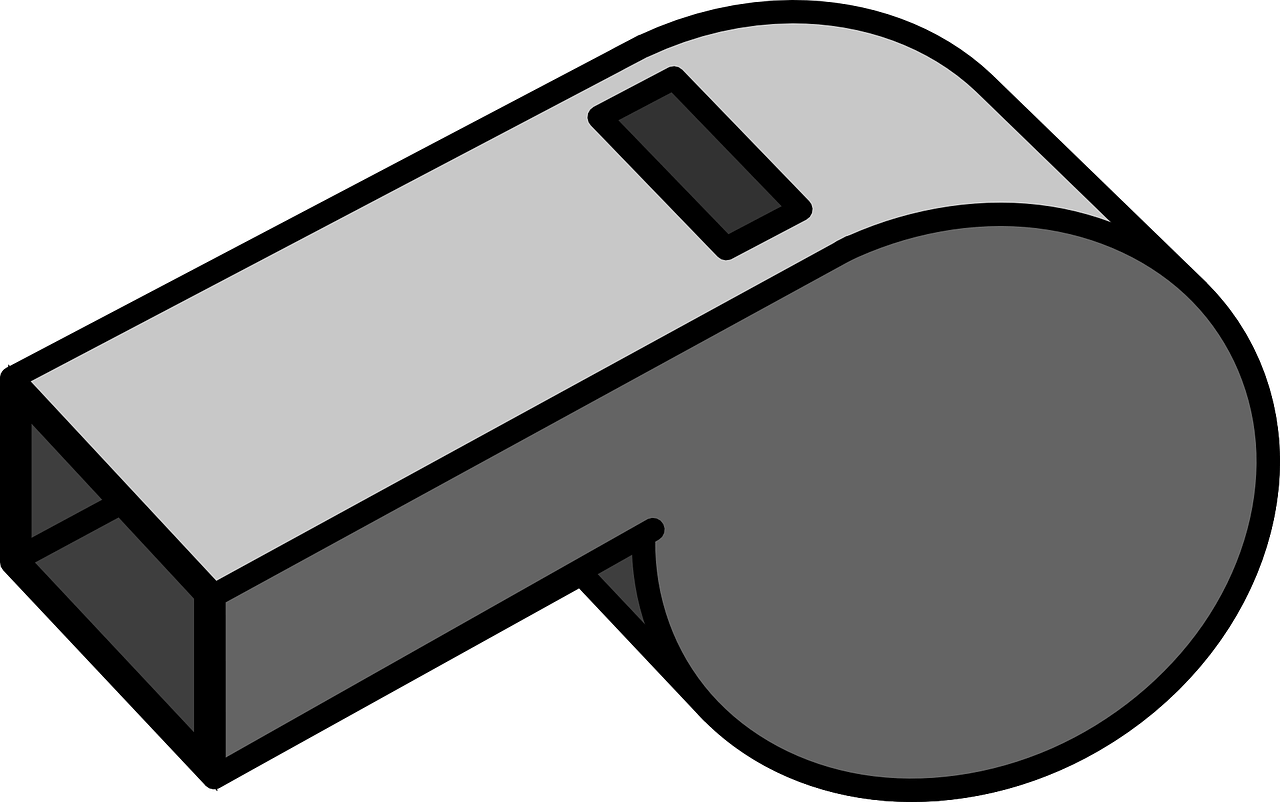Having to place a loved one in a nursing home is one of the toughest decisions a family will ever make. While most nursing homes provide excellent care to residents, unfortunately mistakes and poor care resulting in nursing home negligence are far too prevalent. It’s important for families to do their due diligence when choosing a nursing home, even when circumstances arise requiring that placement must be done quickly.
Consider What Care is Needed
What type and scope of care will a loved one need? Do they need assistance with daily living activities such as personal hygiene, mobility, eating, dressing, etc.? Are there special medical issues or conditions involved that require specialized medical care? Are there memory issues or some level of dementia that require a different expertise and setting? Individual needs and the type of skilled care offered by a facility are key factors in the selection process.
Ask People You Trust
If nursing home placement is imminent after a hospital stay, consult with the hospital’s social worker to get recommendations for appropriate facilities. Also talk to family physicians, trusted friends or family members to create a list of recommended facilities. Then go online and research the facilities, checking for complaints, patient reviews and the like. Also look for information provided by government agencies and third parties such as Medicare’s nursing home compare tool and third party websites like this one which compiles complaints, safety inspections and violations maintained by state agencies.
Contact Nursing Homes
Call facilities on the list and ask questions of each one. Find out exactly what skilled services are offered, staffing and patient-to-staff ratios, costs, whether there’s a waiting list, and other pertinent information for the decision process. Then, schedule an appointment to visit and meet with the director and nursing director in person. There is no substitute for first-hand observation to get a better sense of a facility and the people who will be cared for your loved one.
Ask Questions
While visiting a facility, ask questions about their Medicare and Medicaid certification. Take notice of whether the residents look well cared for, and how they are treated by staff. How responsive is the staff – are resident calls for assistance promptly answered? How do staff members talk to residents: with respect, disinterest, or worse, disdain? Be aware of bad odors or heavy chemical smells such as ammonia, poor maintenance, and general signs of lack of cleanliness. Observe a typical meal, including nutrition content, appearance and appeal of the food, and whether hot meals are timely served. Introduce yourself to staff members to get a feel for their demeanor, attitude towards family members, and manner when dealing with residents. These and other indicators can help identify signs of nursing home neglect or negligence. In short, do whatever you can to determine if a facility gives you confidence that your loved one will get the best possible care under the circumstances.
Make Unscheduled Visit
Before making a final decision on a facility for your loved one, if possible make one more visit – this time unscheduled. Arrive on a different day and observe another shift and staff from your scheduled visit.
Of course, your vigilance does not end after a loved one is placed in a facility. If you suspect your loved one is a victim of nursing home negligence, abuse or neglect, contact the law offices of Brownstein & Nguyen. We are experienced in helping families and their loved ones fight elder abuse.









